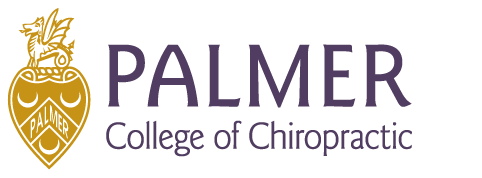
Muscle mass and strength are significant predictors of health and longevity. People typically experience a significant decline in muscle mass (sarcopenia) past the age of 50 that is largely due to a loss of fast-twitch muscle fiber size and number. This session stresses the importance of skeletal muscle in maintaining functional movement and preventing fatty organ disease. Dr. Dan Weinert reviews how mechanical tension and nutrition impact muscle protein synthesis. Satellite cells and the mechanistic target of rapamycin (mTOR) are identified as a key players in skeletal muscle hypertrophy. Mechanical tension, insulin, cellular energy charge (ATP vs. AMP), and amino acid availability (especially leucine) are identified as key mTOR influencers. Delayed Onset Muscle Soreness (DOMS) is identified as a key player in satellite cell activation. Participants will value the importance of muscle mass and strength in wellness and better understand how to maintain/increase it to have a better health-span within a longer lifespan.
- Overview of hormesis and the State of the Organism Equation
- Review of how skeletal muscle is responsible for 90% of insulin-stimulated glucose uptake
- Review the factors leading to fatty organ disease including NAFLD (Non-Alcoholic Fatty Liver Disease)
- Define Sarcopenia
- Detail the negative affects of sarcopenia on movement, falls and mortality/morbidity outcomes.
- Quiz
- Identify Fast Twitch muscle fibers as the primary target of sarcopenia
- Explain the consequences of FT fiber loss regarding fall prevention and quality of life
- Review muscle contraction mechanics and define eccentric muscle actions
- Eccentric muscle actions specifically recruit FT fibers
- Quiz
- Mechanical forces are communicated across many domains (extracellular, cytoskeleton, sarcomere, nucleus)
- Mechanical forces are translated into a biological signal (synthesis of new protein)
- Protein synthesis is controlled via a complex call mTORC1
- Tension, Growth Factors, and Nutrients stimulate mTORC1
- Quiz
- Explanation of Delayed Onset Muscle Soreness (DOMS)
- Relationship between eccentric muscle actions and DOMS
- Explain the role of satellite cells in muscle hypertrophy
- Review of satellite cell signaling, division, and accretion
- The necessity of DOMS for satellite cell accretion
- Explain the concept of myonuclear domain and facilitation by satellite cell accretion
- Quiz
- Discuss the role of nutrition in facilitating muscle protein synthesis
- Contrast MPS = Muscle Protein Synthesis - MPB = Muscle Protein Breakdown - NPB = Net Protein Balance
- Discuss environments (fasting, fed, post-exercise) that affect NPB
- Detail protein quality, quantity, and digestibility for promoting maximal protein synthesis
- Quiz
- Branch chain amino acid metabolism in skeletal muscle
- Importance of Leucine
- Glutamate-Glutamine Cycle: How muscle feeds the immune system
- Protein type and amounts that yield maximal muscle protein synthesis
- Impact of age on protein amounts needed to maximally stimulate protein synthesis
- Quiz
- Upper limits of protein consumption
- Ideal amount of leucine per meal
- Upper limit of Leucine consumption
- Leucine content in foods
- Unbalanced distribution of protein intake
- Review of key concepts
- Conclusion
- Quiz
Speaker(s)/Author(s)
|
Dan Weinert, D.C., Ph.D. |
CE Hours
2.00
Each module contains a video presentation and a short quiz. You must view the video prior to taking the quiz.
FOR HELP: If you have technical issues, please contact the Continuing Education Department at 1-800-452-5032 or email at continuinged@palmer.edu.
DISCLAIMER: While Palmer College of Chiropractic endeavors to bring diverse topics and viewpoints for continuing education options for Doctors of Chiropractic, the opinions of presenters do not necessarily represent the views of Palmer College.
